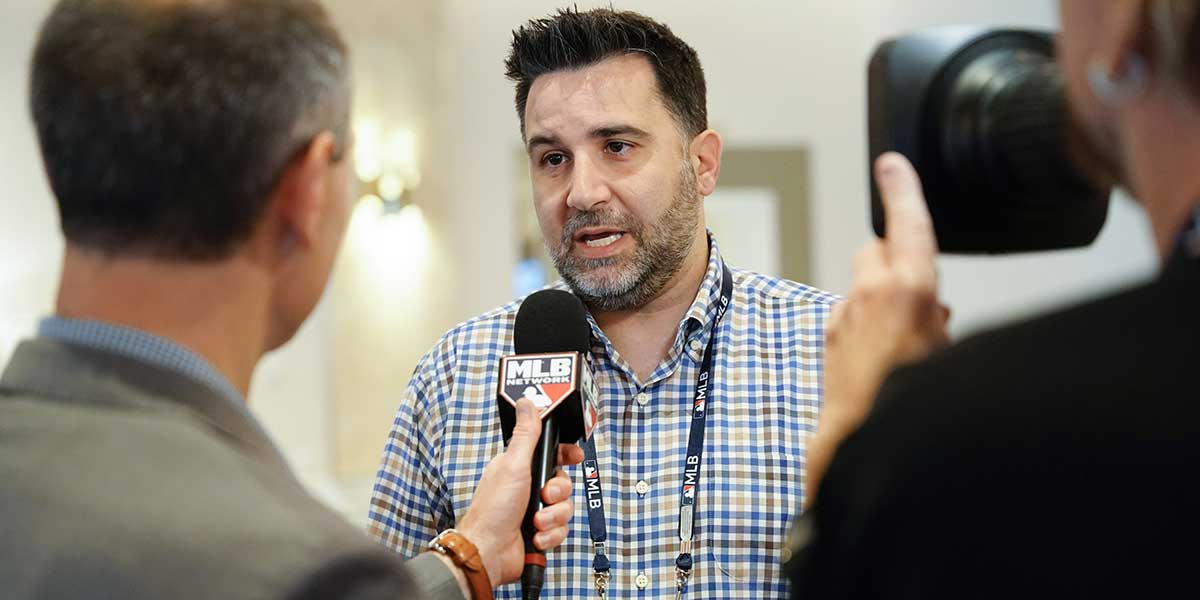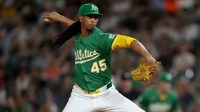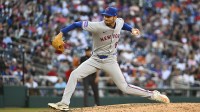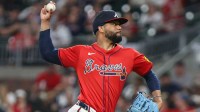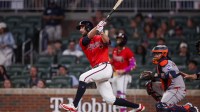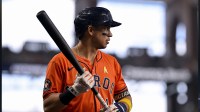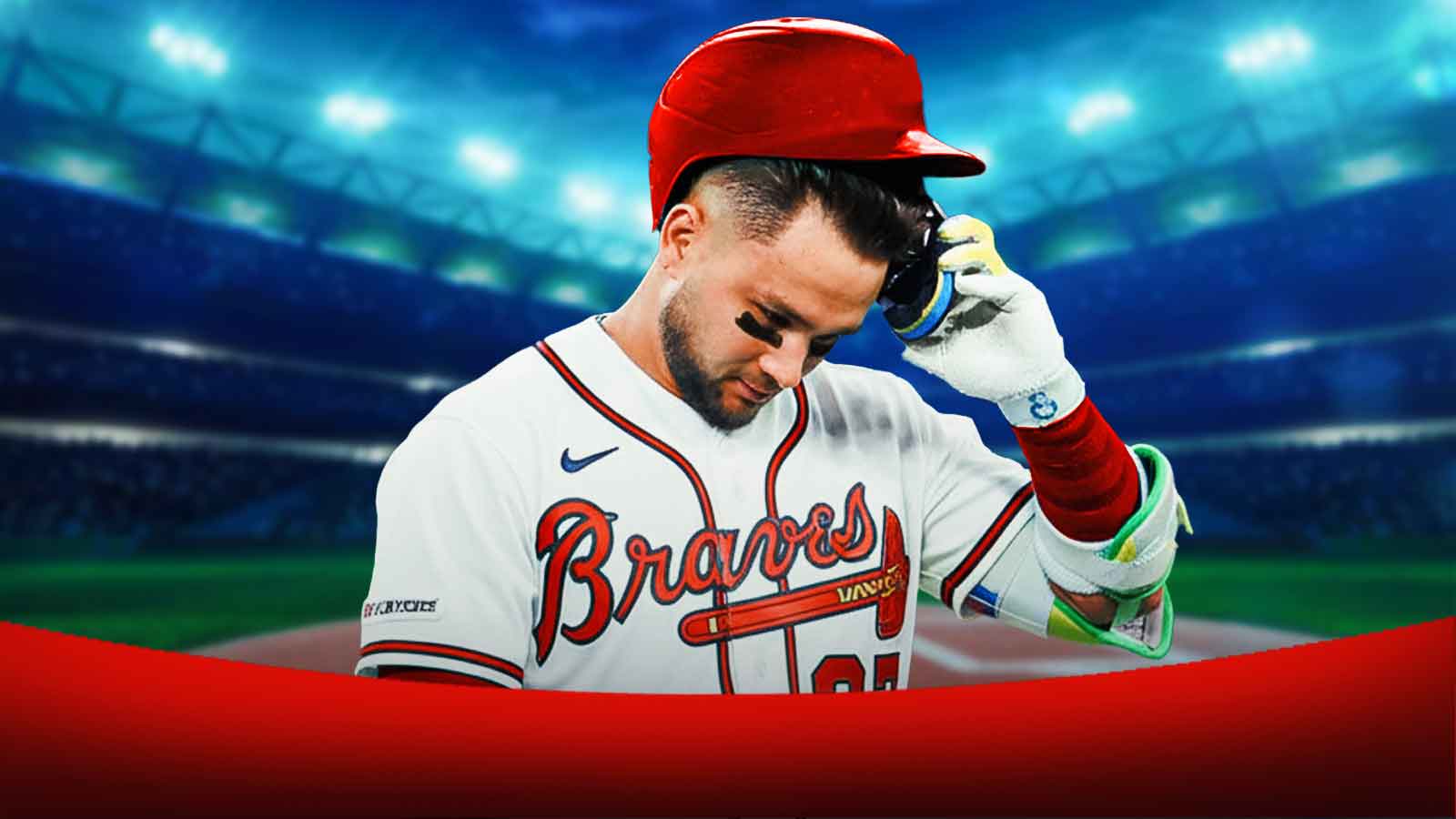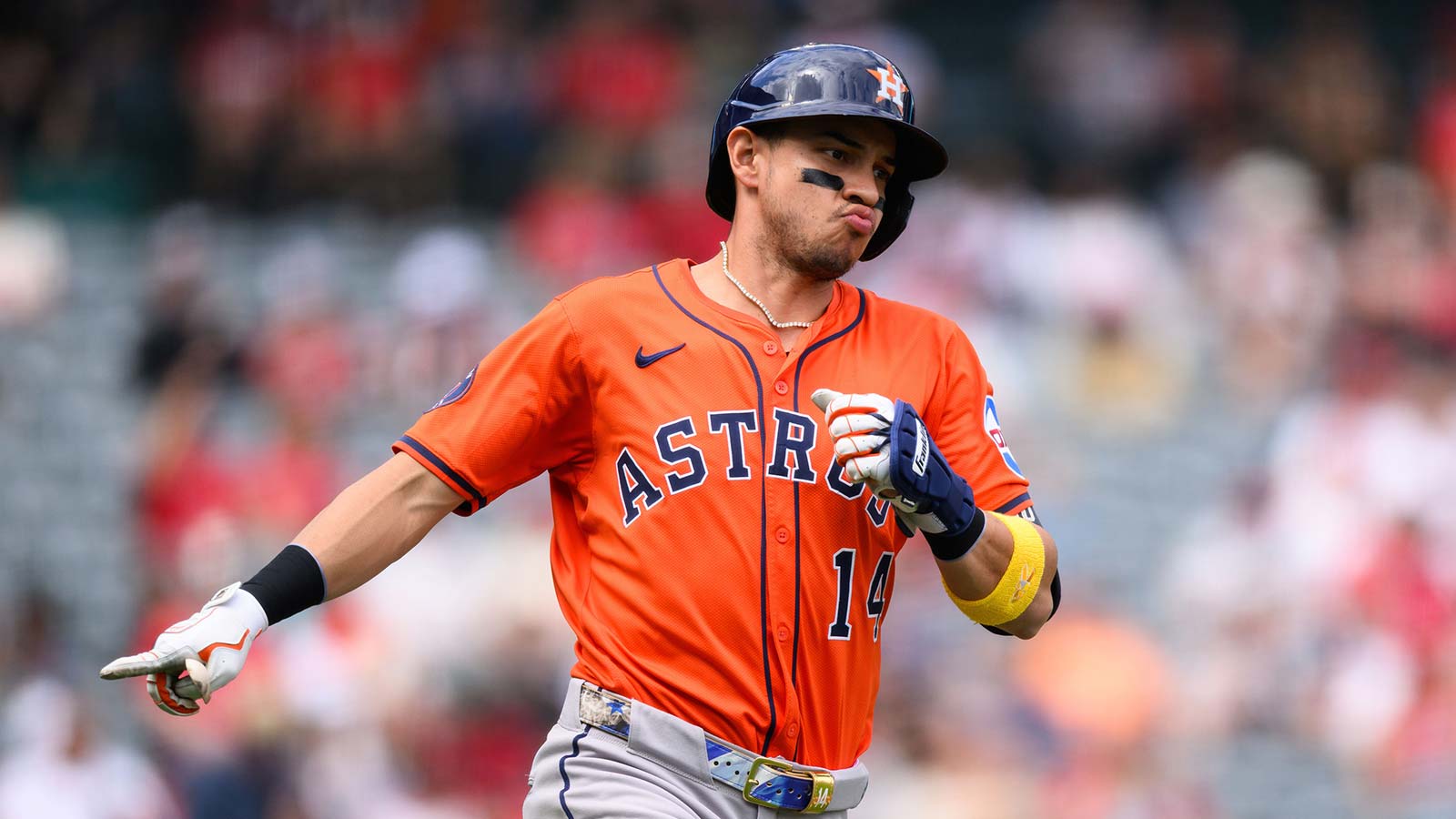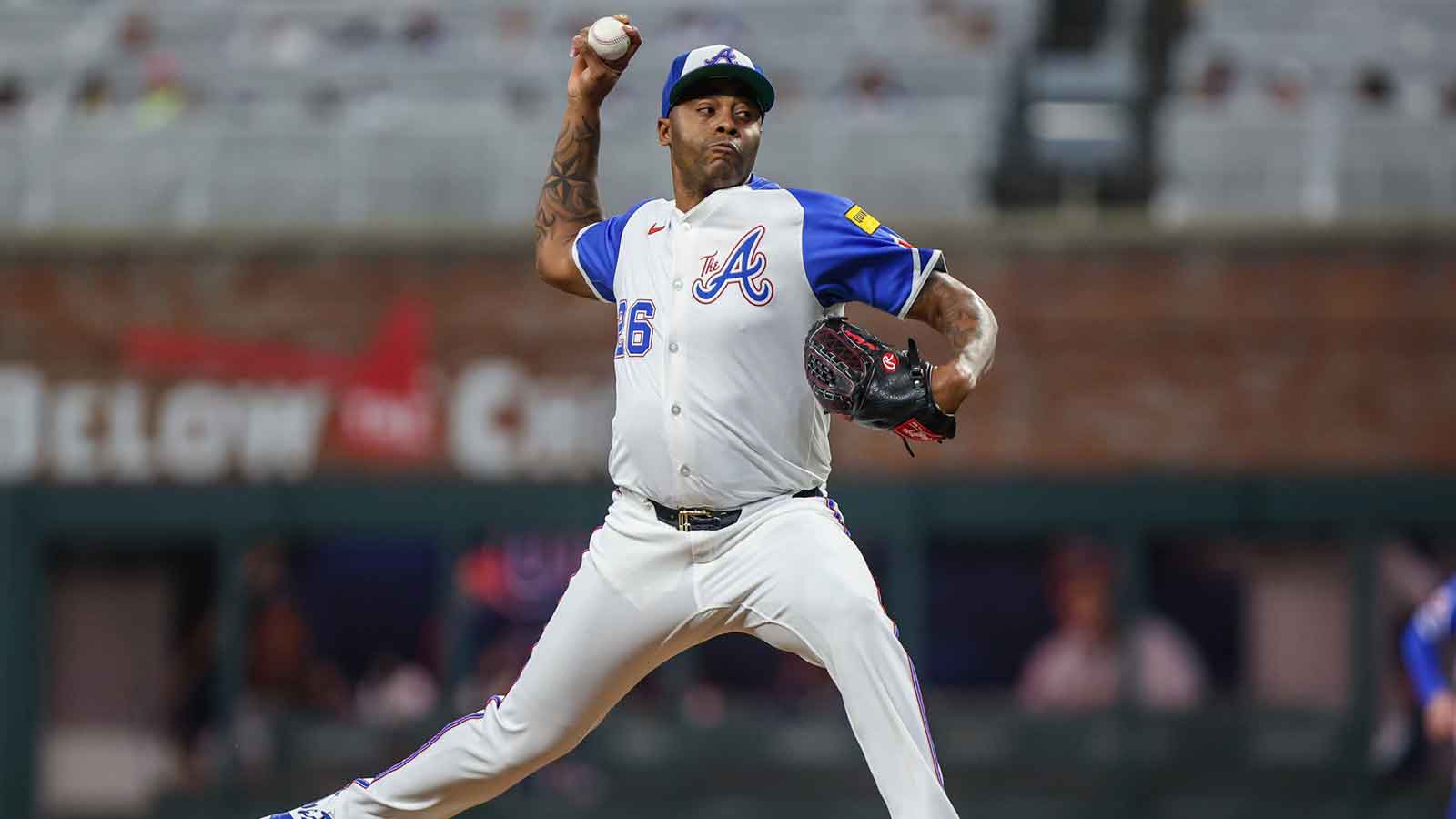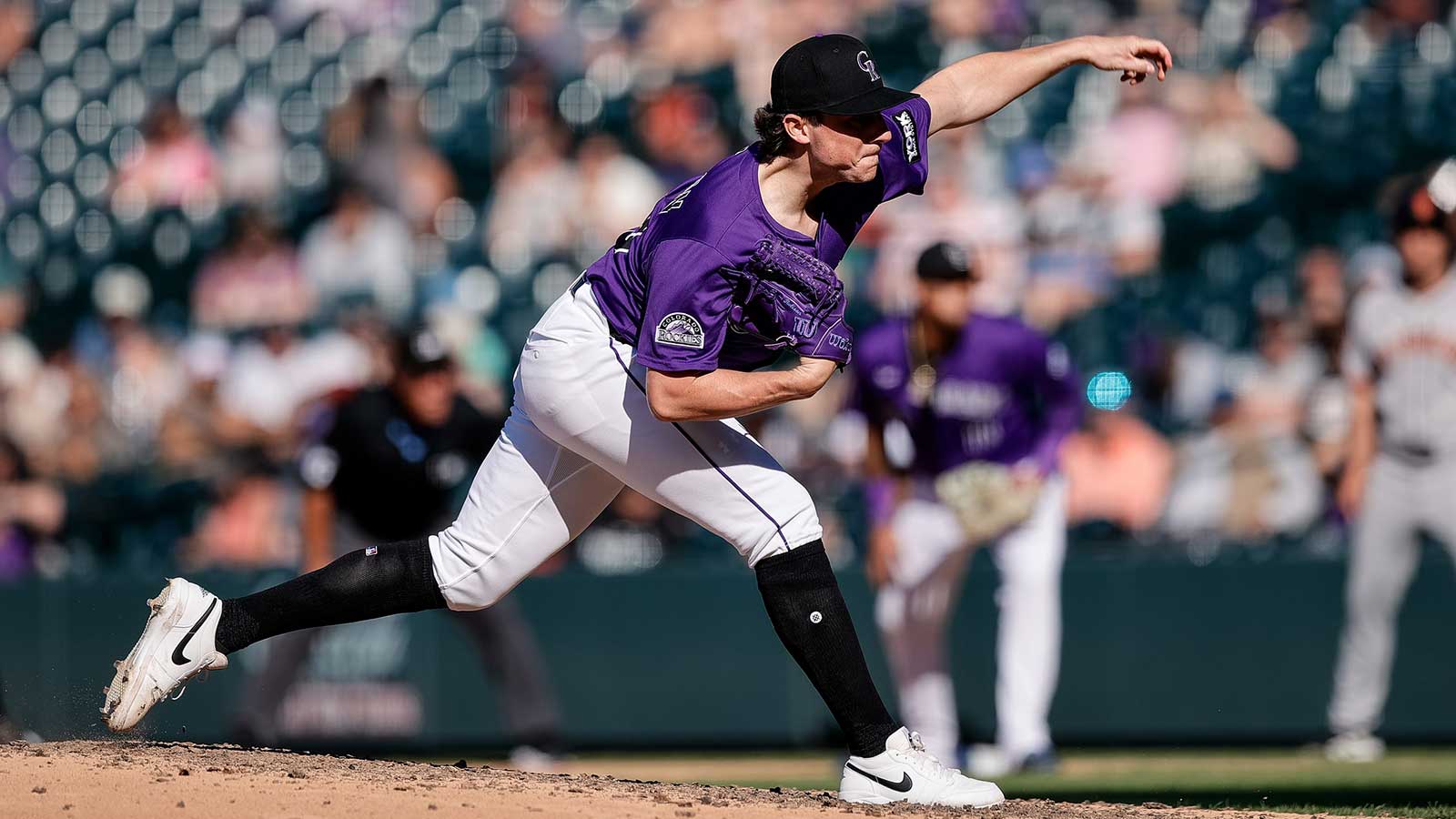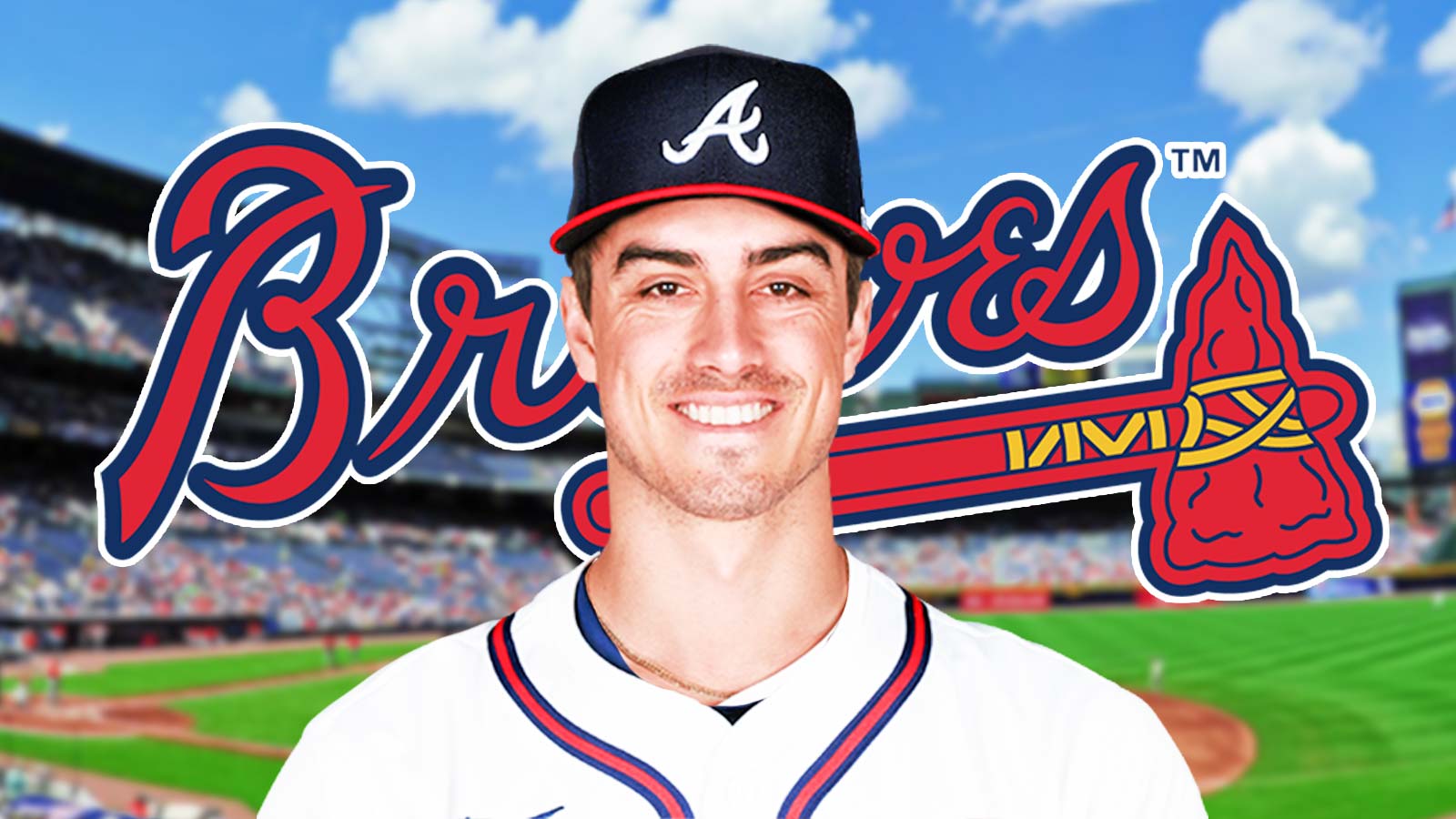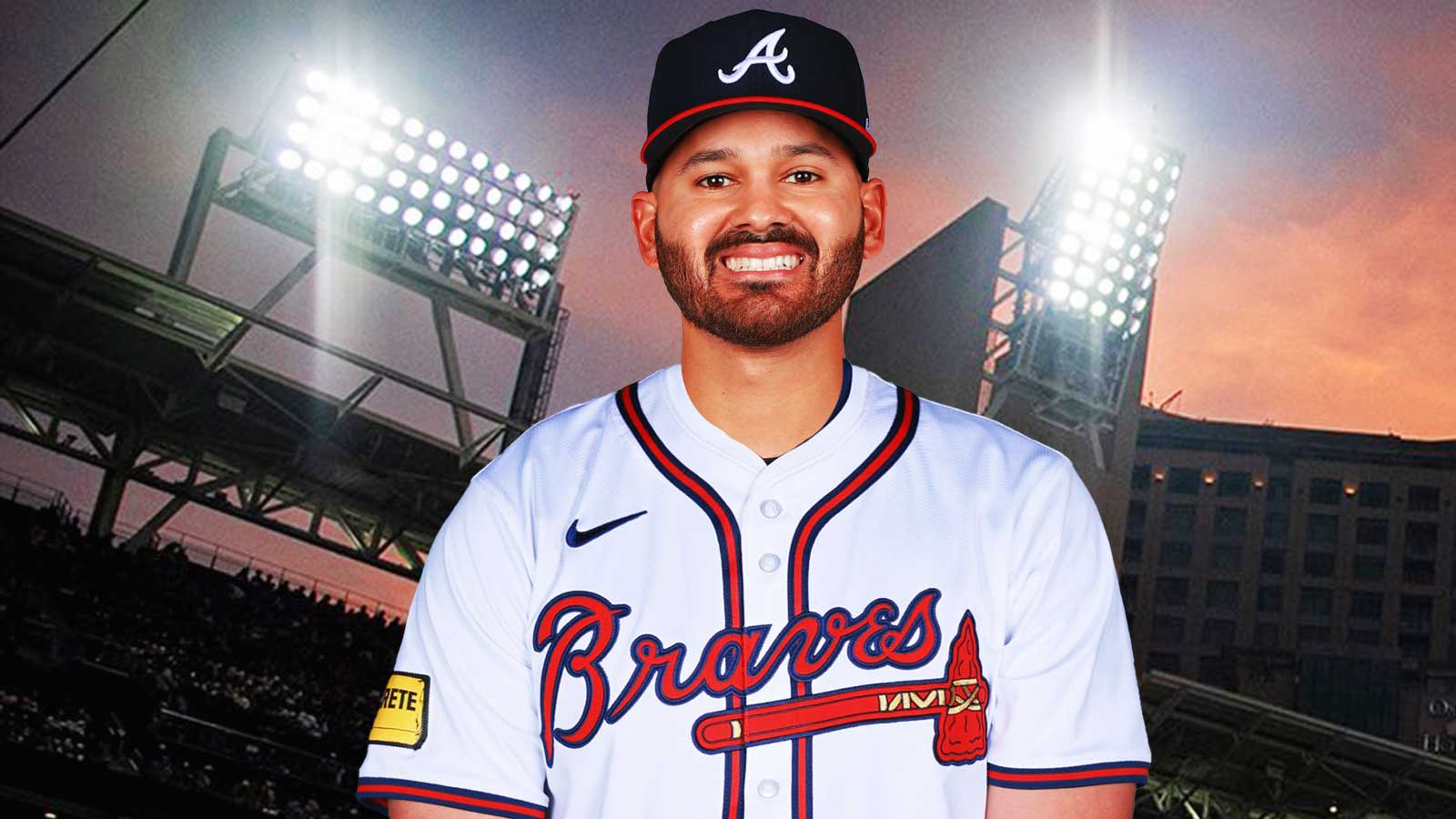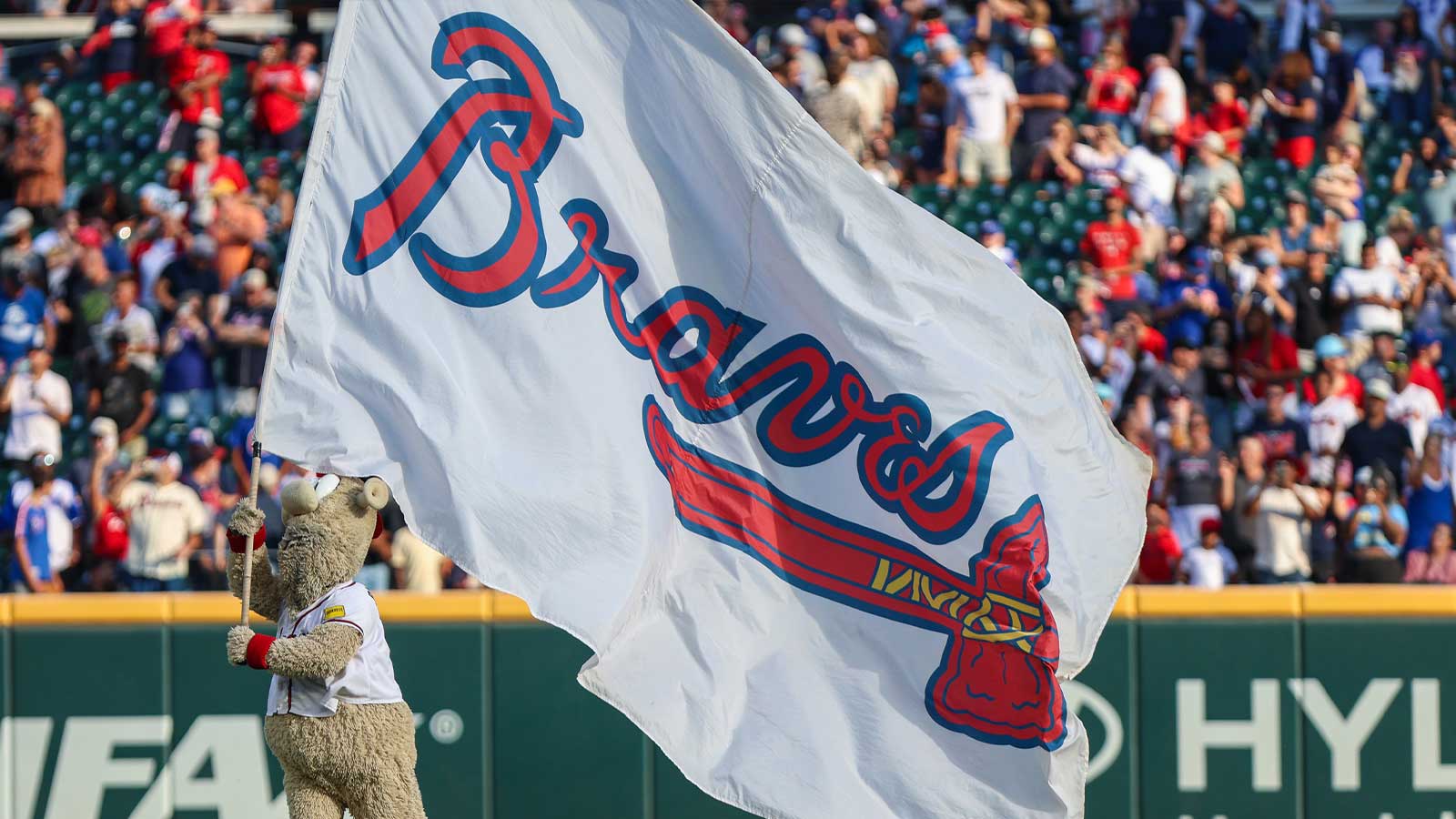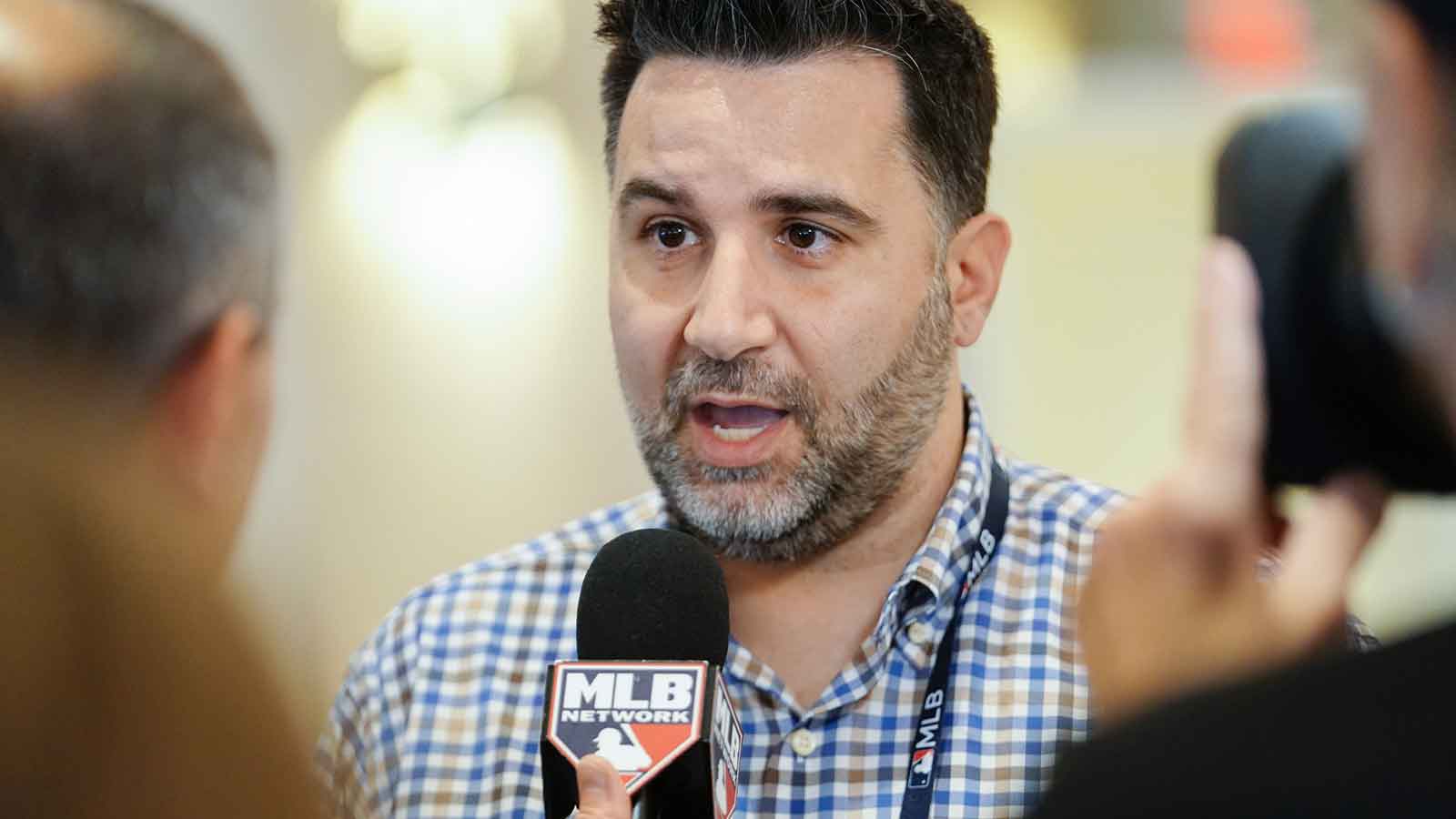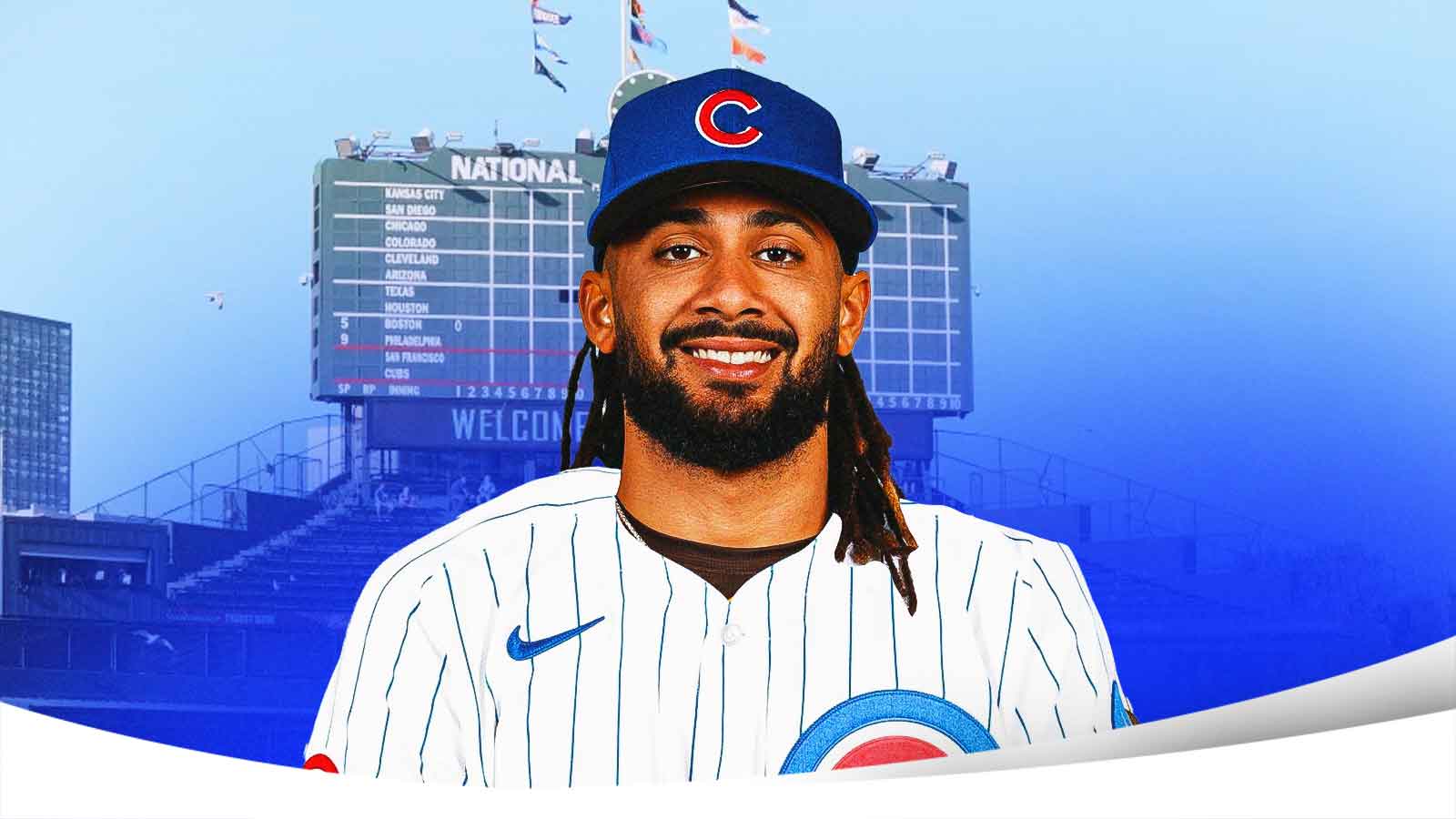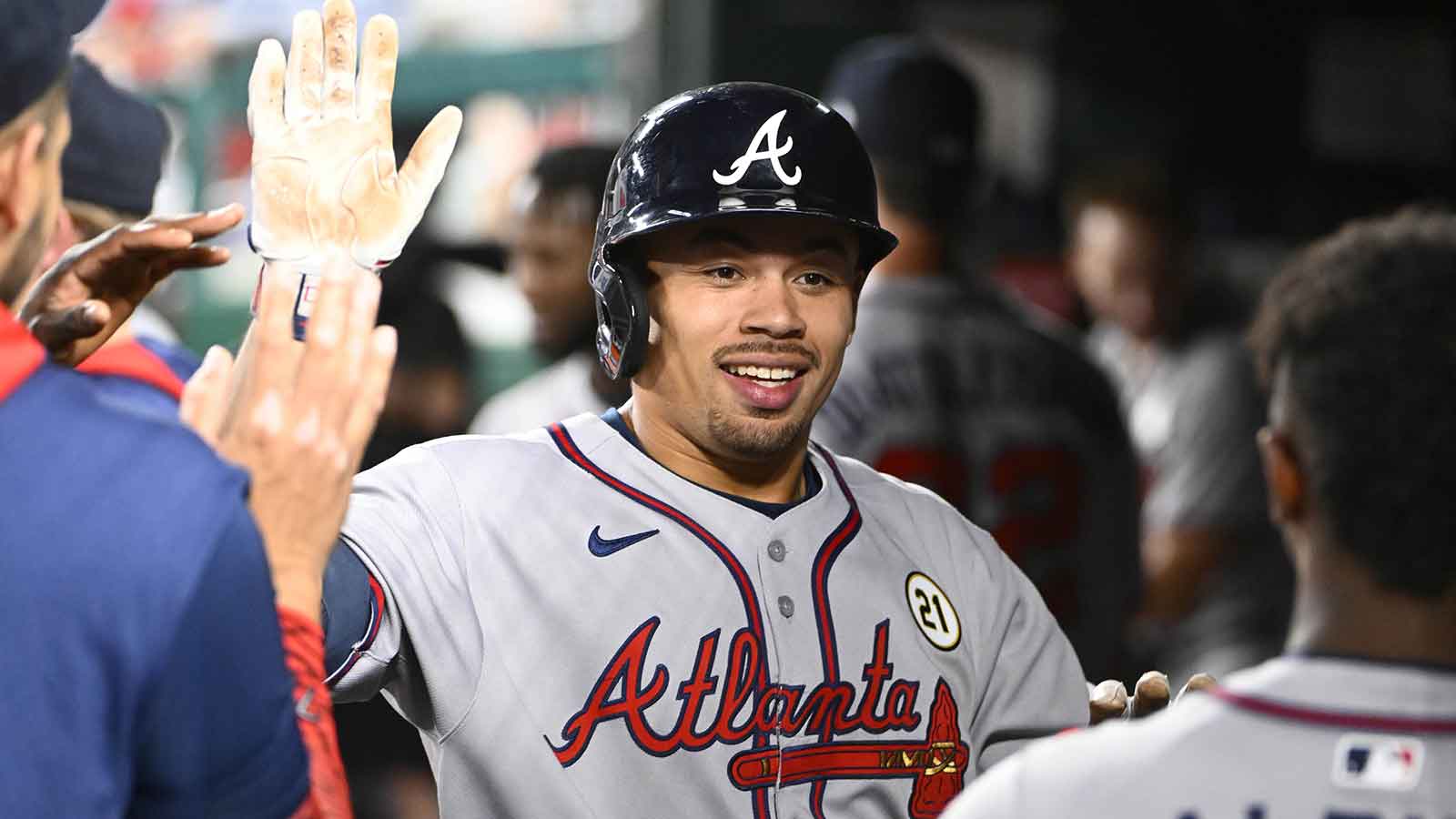The Atlanta Braves entered the 2025 MLB trade deadline in unfamiliar territory—firmly out of playoff contention and staring down their first losing season since 2017. At 45-62 and sitting fourth in the National League East, the front office faced pressure to sell big. But GM Alex Anthopoulos chose a different path.
Rather than launching a full teardown, the recent roster moves by Atlanta focused on trimming expiring contracts and adding controllable depth. The club made modest trades and waiver claims but avoided dealing core players or making salary dumps.
The Athletic’s David O’Brien took to X, formerly known as Twitter, explaining Anthopoulos’ reasoning in the wake of the quiet deadline.
“Anthopoulos said the #Braves weren’t going to trade away any players just for payroll purposes — i.e., they weren’t going to dump guys to save money and get nothing of value back in terms of talent.”
That stance shaped every move the club made. Rafael Montero was sent to the Detroit Tigers in exchange for Double-A infielder Jim Jarvis, providing salary relief while returning a utility prospect. Atlanta also acquired reliever Tyler Kinley from the Colorado Rockies for minor leaguer Austin Smith—adding a bullpen arm with a team-friendly club option through 2026.
Additional rotation depth came through the waiver wire, as the team picked up veterans Erick Fedde and Carlos Carrasco without giving up players or prospects. The goal was simple, finish the 2025 MLB season respectably without mortgaging the future.
The Braves declined to trade Marcell Ozuna despite his extended slump, full 10-and-5 rights, and limited market interest. Over his last 20 games, Ozuna is batting just .167 with 10 hits, four home runs, seven RBIs, and five runs scored—a sharp drop from his earlier-season production. His no-trade protection and remaining salary further complicated any potential move. Raisel Iglesias and Pierce Johnson were also retained, as no compelling offers materialized for either reliever. The Braves general manager made it clear that the front office had no intention of trading players under control beyond this season, including key stars like Matt Olson and Ronald Acuna Jr.
Standings played a major role in the Braves’ quiet trade deadline. Atlanta has gone just 7-18 over its last 25 games and sits 13 games out of the final NL Wild Card spot. Given the collapse, the front office took a realistic approach, making low-cost moves focused on future flexibility rather than chasing a lost 2025 season.
Anthopoulos’ calculated approach preserved payroll flexibility, projected to open up $50-60 million entering 2026, while setting up for a top-five draft pick. The GM prioritized long-term value, knowing that short-term gains wouldn’t salvage a disappointing year.
Fan reaction has been mixed, with some frustrated by the team’s reluctance to sell more aggressively. Internally, the approach wasn’t about cutting costs — it focused on preserving a core capable of returning to contention in the near future.

